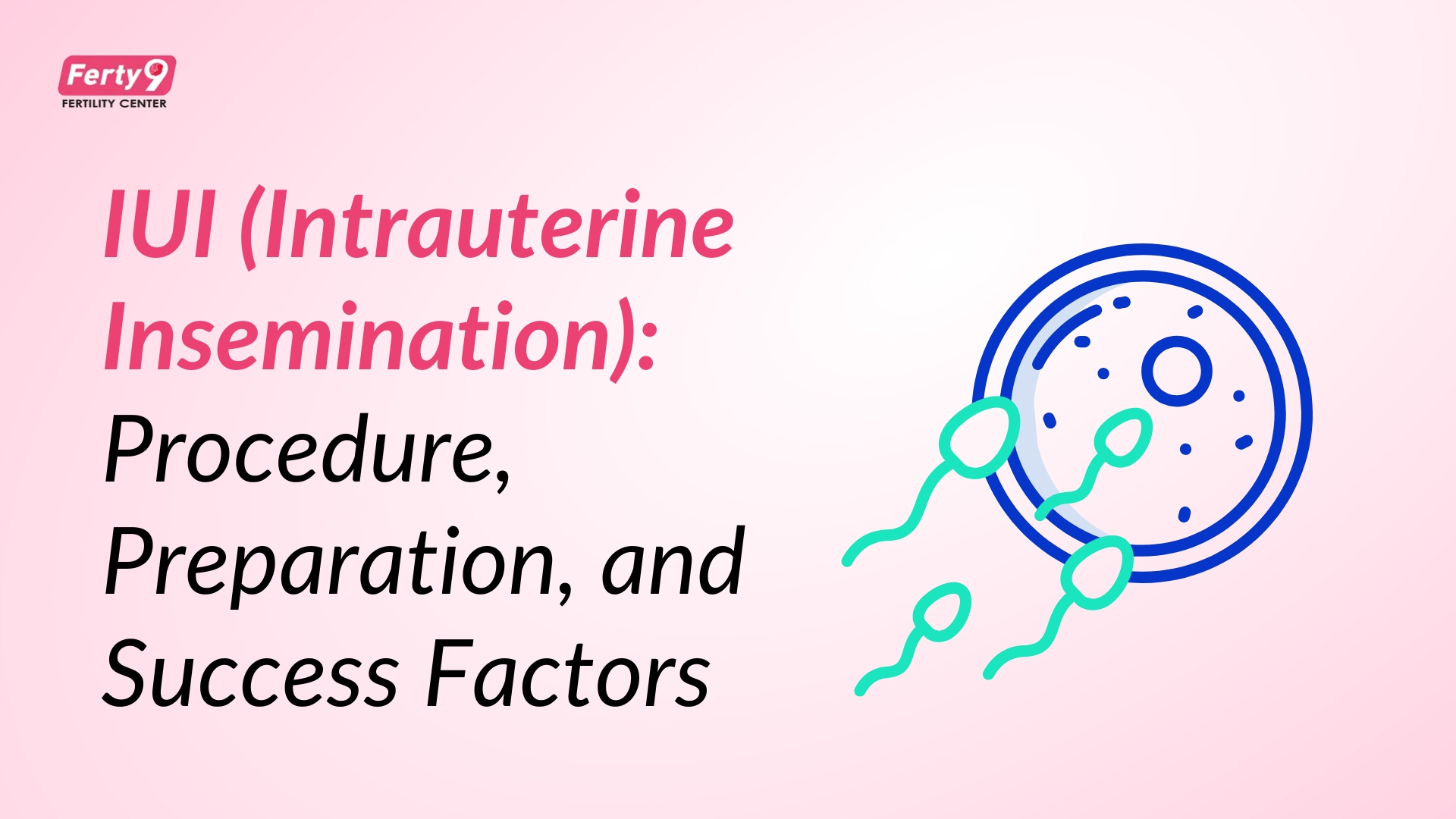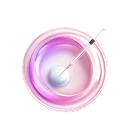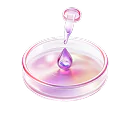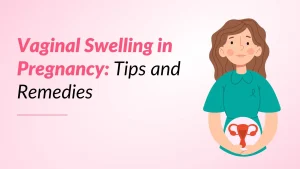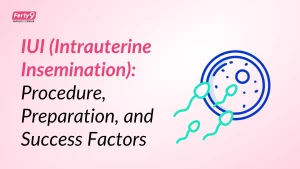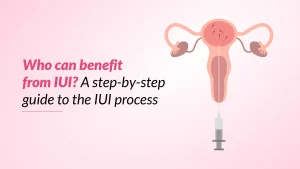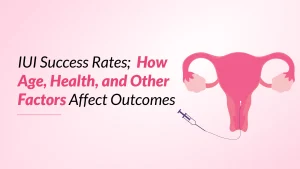Intrauterine Insemination (IUI) is a fertility procedure. It increases the number of sperm that can reach the egg. This is achieved by inserting washed and concentrated sperm into the uterus during ovulation. Here’s a breakdown of the process and considerations:
Procedure to Make Ovary Available to Sperm by IUI
1.Ovulation Monitoring and Timing
- Natural Cycle IUI: If your ovulation is regular, we can keep track of your cycle. Ovulation predictor kits, check urine for a rise in luteinizing hormone. Alternatively, transvaginal ultrasounds by doctors show how your follicles are developing.
- Stimulated Cycle IUI: Doctors may prescribe fertility medications. These can be oral, like clomiphene citrate or letrozole, or injectable gonadotropins. The goal is to help the ovaries develop multiple mature follicles with eggs. This increases the chances of fertilization. Ultrasounds and blood tests are important for monitoring follicle growth and hormone levels.
- Trigger Shot: Once the follicles are at the right size, a shot of hCG is administered. This shot helps the egg(s) complete their maturation and get released.
- IUI Timing: The IUI procedure usually happens 24-36 hours after the hCG trigger shot. It can also be based on the detected LH rise in a natural cycle. This timing helps match the procedure with ovulation.
2.Sperm Preparation
- On the day of the IUI, a semen sample is collected from your partner (or thawed if using donor sperm).
- The sperm undergoes a process called “sperm washing.” This technique removes active, healthy sperm from the seminal fluid, along with slow sperm and waste.
- Sperm washing is done to collect the active sperm and remove elements that can lead to uterine cramps.
3.Insemination
The procedure involves lying the female partner on a pelvic examination table. The process includes the following steps:
- Started by inserting a speculum to visualize the cervix.
- Then, a doctor passes a catheter with the prepared sperm sample through the cervix.
- After that, the washed sample of sperm is injected into the uterus.
The procedure is quick and painless, with mild cramping experienced by some women.
When is IUI treatment considered?
Multiple factors help us determine if IUI is a suitable treatment and how to enhance its success:
- Unexplained Infertility: IUI is often a first-line treatment.
- Mild Male Factor Infertility: Problems with sperm count, motility, or morphology can occur. Sperm washing may enhance the sample’s quality.
- Cervical Factor Infertility: Cervical mucus issues that hinder sperm passage. IUI bypasses the cervix.
- Ovulatory Dysfunction: This includes conditions like PCOS, where ovulation is irregular or missing. It often involves medications to help induce ovulation.
- Mild Endometriosis: IUI can be tried in cases of minimal to mild endometriosis.
- Use of Donor Sperm: For single women or same-sex couples.
- Ejaculatory Dysfunction or Physical Limitations: When natural intercourse is difficult.
- Semen Allergy: Washing the sperm can remove some allergy-causing proteins.
Factors Affecting IUI Success
- Influenced by female age, infertility duration, underlying cause diagnosis, sperm quality post-wash, ovarian response, endometrial thickness, tubal patency, timing of insemination, number of cycles, and lifestyle factors.
- Healthy weight, no smoking, limited alcohol, and stress management are key.
- Minimum post-wash motile sperm count of 5-10 million.
- The receptive uterine lining of 7-10 mm is essential for embryo implantation.
Preparation for IUI
- Fertility Evaluation: Thorough assessment of both partners’ fertility.
- Cycle Monitoring: Tracking ovulation or ovarian stimulation.
- Semen Analysis: To assess sperm parameters.
- Infection Screening: To minimize the risk of infection.
- Medication Instructions: If you’re undergoing ovulation induction, take your medication as directed.
It’s important to discuss with your fertility specialist whether IUI is the best choice for you. They’ll consider your circumstances and the factors mentioned earlier. They will lead you through the process. They’ll monitor your progress and support you in making informed choices.
How does a doctor determine that the ovary is ready for IUI?
Doctors check if an ovary is ready for IUI using transvaginal ultrasound and hormone level tests. Here’s a breakdown of what they look for:
1. Follicle Size
- Ultrasound is key. Transvaginal ultrasounds help doctors see the ovaries. They can measure the size of developing follicles. These are fluid-filled sacs that hold eggs.
- Ideal mature follicle size: A follicle is seen as mature when it reaches a size of 18-22 millimeters in diameter. This suggests it likely contains a mature egg.
- Number of mature follicles: One mature follicle is enough for IUI. However, having 2-3 mature follicles can improve the success rates. But this also raises the risk of multiple pregnancies, which we monitor closely.
2. Endometrial Thickness
- Ultrasound checks the uterine lining. It helps the doctor measure the endometrium’s thickness.
- Adequate thickness for implantation: The endometrial thickness must be sufficient for the fertilized egg to implant successfully. A thickness of at least 7-10 millimeters is often desired.
3. Hormone Levels (Blood Tests)
- Estrogen (Estradiol – E2): As follicles grow, they produce estrogen. Increased estrogen levels indicate the follicles are developing correctly and the eggs are maturing. Doctors check estrogen levels to see how they match with follicle size. This helps them evaluate the overall ovarian response.
- Luteinizing Hormone (LH): The doctor might check LH levels. This is important during natural cycles or before a trigger shot. An increase in LH shows that ovulation is about to happen. This usually occurs 24-36 hours after the rise in LH levels
- Progesterone: We check progesterone levels after ovulation to confirm it has occurred.
4. Ovulation Predictor Kits (OPKs)
- In natural cycles, patients may use at-home urine-based OPKs to detect the rise of LH. This information helps the doctor time the IUI appropriately.
5. Timing with the Menstrual Cycle
- Monitoring often starts early in the menstrual cycle, around cycle day 2 or 3. This allows for establishing a baseline and observing follicular development over the next few days.
- The doctor monitors by ultrasounds and blood tests, depending on whether it’s a natural or stimulated cycle. It also varies based on the person’s response.
In conclusion, the doctor determines that the ovary is ready for IUI when
The IUI procedure is performed when follicles reach mature size, the endometrial lining is thick, and hormone levels, particularly rising estrogen and LH surge, indicate ovulation. The doctor chooses the best time, usually 24-36 hours after the hCG trigger shot or natural LH surge, to increase the chances of sperm meeting the egg.







